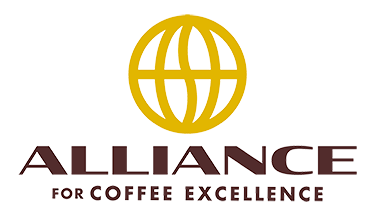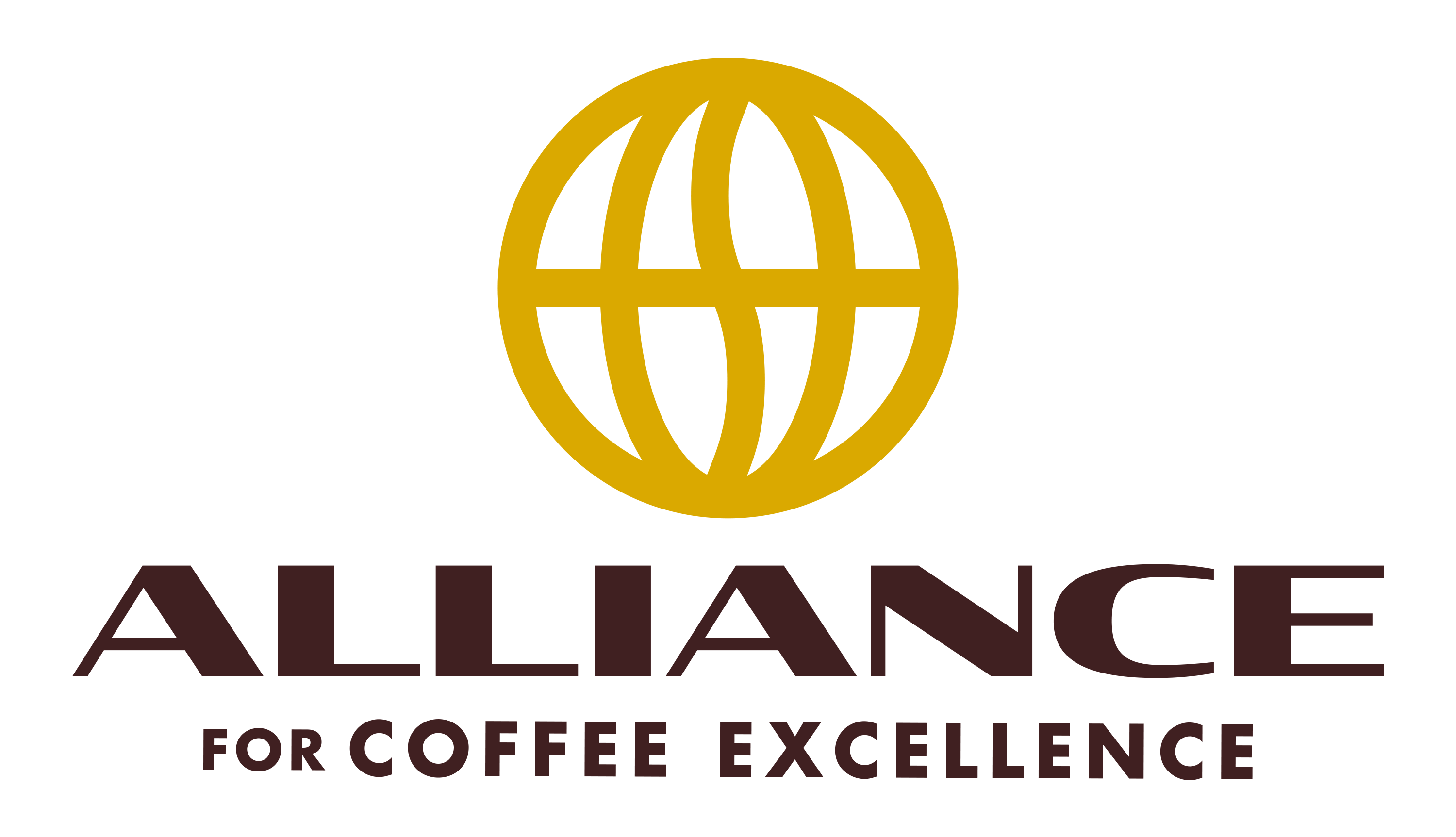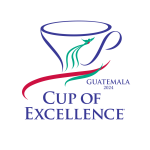90.73
History
Mr. Noriega was born in the village of Naco, municipality of Cortes in 1951. He did his elementary school at the cordial town and high school at San Pedro Sulfa. After that he got titled in Industrial Mechanics. He got to the village of La Fortuna in 1973, the year after he planted his first hectare of coffee and year after year he has improved his cultivation methods and now he is in top 4 coffee farmers of Honduras . Mr Noriega got married with Patricia Rodriguez and they have a child called Maria Noriega. Besides coffee he also plants apple, peach and plum. Mr. Melgar has been cultivating coffee from 35 years. He began with a farm in the municipality of Quimistan, department of Santa Barbara, place where he was born, and in the year 2001 he moved to his current location. Now Mr Melgar has raised his family and also transmitted the knowledge of getting a good quality coffee to his children. Quality Practices Mr. Noriega and M. Melgar have a unique way for processing their coffee, reason for what they are two of the best honduran coffee farmers. When wet milling the coffee they monitor how each step is done in order to assure a good quality coffee taste. His well trained people just pick the mature fruits in order to keep the grain quality. The pulping process is done with care and the washing in fermentation tanks. After, the coffee is passed through the selection canal in which high and medium quality grains are classified. The drying process is done by distributing the coffee over cement platforms to expose it to some ours of solar heat until getting the adequate amount of humidity. Storage conditions are optimal, temperature is keep within the range and the packing bags are new and made of nylon.
Environmental Care
This Coffee is shade grown and the water coming from the wet mill is treated in waste water tanks to reduce pollution on the soils and water bodies. Mr. Noriega produces bio-fertilizer by using Californian earthworm ( Essential foetid) and his shade trees host a great diversity of species like the "Quetzal" one of the most beautiful birds on earth currently under danger of extinction. Fertilization Bio-fertilizers produced in the same farm are the mostly used. Disease and Pest Control Cultural practices and biological control when necessary Harvesting Handpicking of ripe grains of Coffee begins in December and finish in April. This task is performed by skillful men and woman. Pulping and Fermentation Mr. Noriega and Mr. Melgar have their own pulping machine and a fermentation tank with classification canals for best separation of coffee types. Drying The drying of Coffee is done over cement platforms by using the sunlight.
Other Statistics:
Annual Production: 66 Bags
Soil type: Silt loam
Annual precipitation: 2,000 mm/year
Shade Trees Species: Guama, Liquidambar, apple, wood trees and Guajiniquel .
Water Source: Natural water sources from the farm
Number of Permanent Employees: 5
Number of Temporary Employees: 10
| Rank | 4 |
|---|---|
| Farm Name | Las Marias |
| Farmer/Rep. | Mario Leonel Noriega Paz |
| Altitude | 1400 |
| Country | Honduras |
| Year | 2005 |
| Size (30kg boxes) | 20 |
| City | Quimistan |
| Region | Santa Barbara |
| Program | Honduras 2005 |
| Month | - |
| Processing system | Wet Process |
| Variety | Catuai |
| Coffee Growing Area | 11 |
| Farm Size | 70 |
| High bid | 5.15 |
| Total value | 15668.25 |
| High bidders | Time's Club Inc. |


